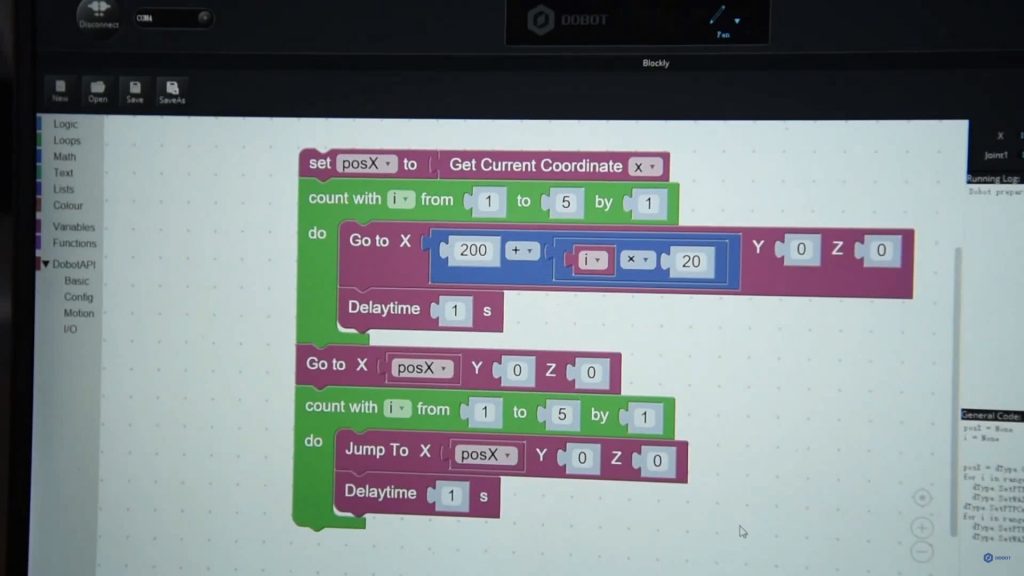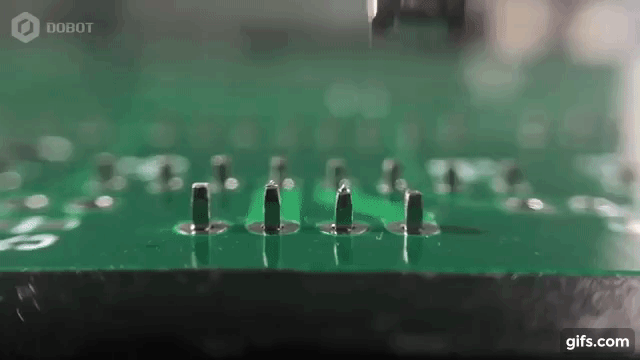Among the enterprises presenting 3D printing at CES 2018 this company has a slightly different proposition. China’s Shenzhen Yuejiang Technology Co. Ltd. was established in 2015 with the aim of bringing easy-to-use, inexpensive and incredibly practical robotic arms to the market.
Its first product, the DOBOT 1.0, was released complete with programming for 3D printing, laser engraving, painting and writing – a product of collaboration between SIAT, APHRO.DIT and the Sino-Germany Space Robot United Laboratory of HIT.
Now at CES, DOBOT is exhibiting three generations of robotic arms, from the Kickastarter standout DOBOT M1 to the DOBOT Magician.
Commended for its educational abilities, the DOBOT Magician has been recognized as a CES 2018 Innovation Awards Honoree.
The perfect classroom tool
As a base, the DOBOT Magician is compatible 5 different toolheads, also known as endeffectors: a 3D printer hot end, laser, pen holder, vacuum cup and gripper. As a totally configurable machine though, the possibilities for the Magician are virtually limitless.
3D printing on the DOBOT Magician is completed in a max build areas of 150 mm ×150 mm × 150mm, and down to a resolution of 0.1mm. It takes a standard PLA feedstock that, for its ecofriendliness, makes it suitable for its intended purpose in schools/working with children.
The arm is controlled via a user interface specially developed by DOBOT. To perform specific tasks, movement can also be programmed using Blockly, a user-friendly coding platform developed by Google.

Industrial desktop arms
Where the Magician is tailored more to a STEM/STEAM education environment, the DOBOT M1 and DOBOT MOOZ are Shenzhen Yuejiang Technology’s answers for industrial customers.
In December 2016, the M1 broke its crowd funding goal within 24 hours of listing on Kickstarter. At the end of the campaign, DOBOT received over 1,000 customers for the robotic arm that selling at the time for a price of $999 and up.
In addition to the basic 3D printing, pick & place, laser engraving and writing functions, the M1 can be configured to solder components, and even 3D print using SLA.
An expansion of the M1, the MOOZ model comes with a sturdier metal frame and a number of under-the-hood additions to make industrial works more precise.

Nominations for the second annual 3D Printing Industry Awards are now open. Make your selections now.
For more stories from CES 2018, subscribe to our free 3D Printing Industry newsletter, follow us on Twitter, and like us on Facebook.
Featured image shows 4 views of the DOBOT Magician. Images via Dobot.cc



